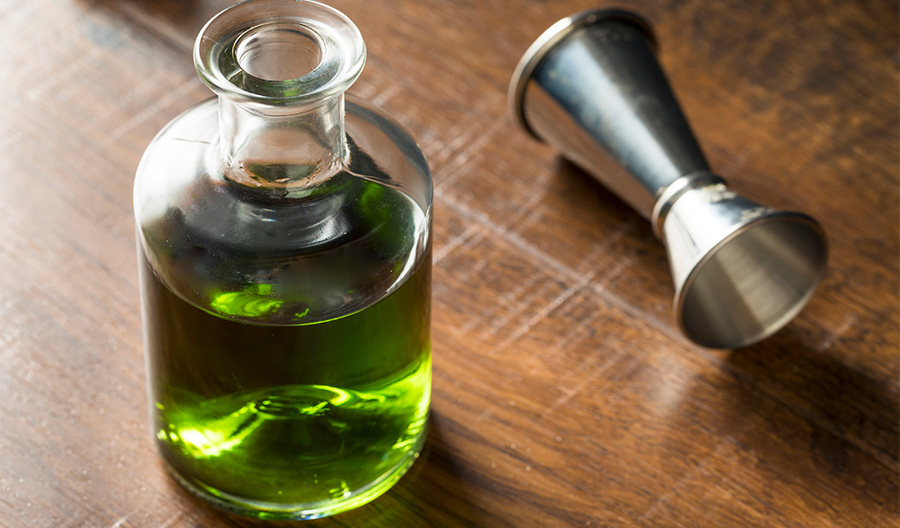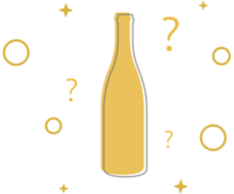An aperitif is a little something to open your palate before a meal. It is derived from the Latin word "aperire," which means “to open” and is generally classified as a fairly low-alcohol wine or spirit.
The history behind aperitifs dates back to the medieval period, according to Everyday Health, when guests drank a mix of herbs softened with some wine to help them to digest better. The French and Italians are perhaps best known for producing a broad range of aperitifs: these can include categories as broad as Spanish sherry, French Champagne or sparkling wine and liqueurs such as pastis and Italian Amaros. Most tend to have savory, bitter or fruit-driven flavors.
Serving Aperitifs
These drinks are generally served before a meal when guests gather at a home or in a restaurant. They are best well chilled to approximately 58 degrees and served in small glasses. You want your clients to focus on savoring them and not get tipsy before a meal. Keep in mind that these palate teasers play much of the same role as an amuse-bouche—those tiny treats offered by fine-dining restaurants to whet your palate before the official meal commences.

These drinks are known as aperitivos in Italian and are consumed throughout Italy—generally between 4 and 7 pm—before dinner, in bars with a wide range of snacks. They are a good way to upsell clients in your establishment before they settle in for dinner. Another promotional idea might be to offer an aperitivo happy hour with typical aperitivos and a buffet of snacks that guests can enjoy—either in or to-go—at a prix fixe. At retail, you may want to dedicate an area to these drinks and feature literature about how to serve them.
Champagnes, and other sparkling wines from around the world, are also great choices with which to open a meal. Both dry, and slightly off-dry, versions are ideal to enjoy before a meal. Infused wines and fortified wines are also part of the picture—such as mulled wine and Port.

